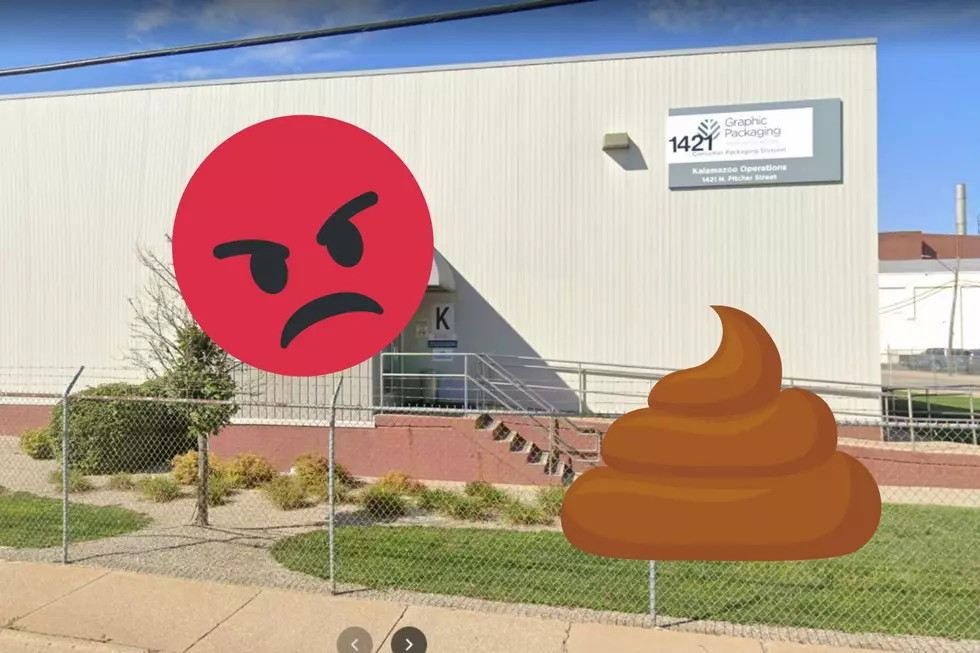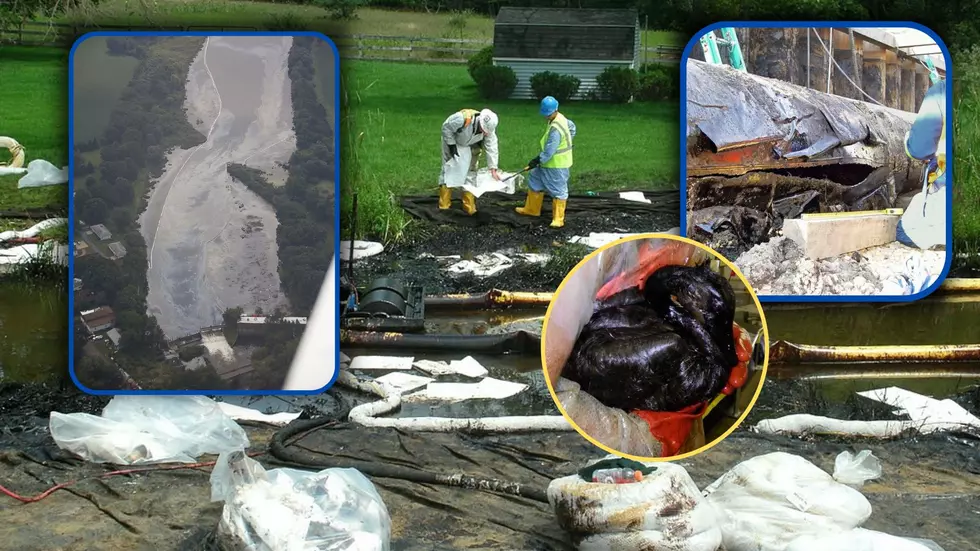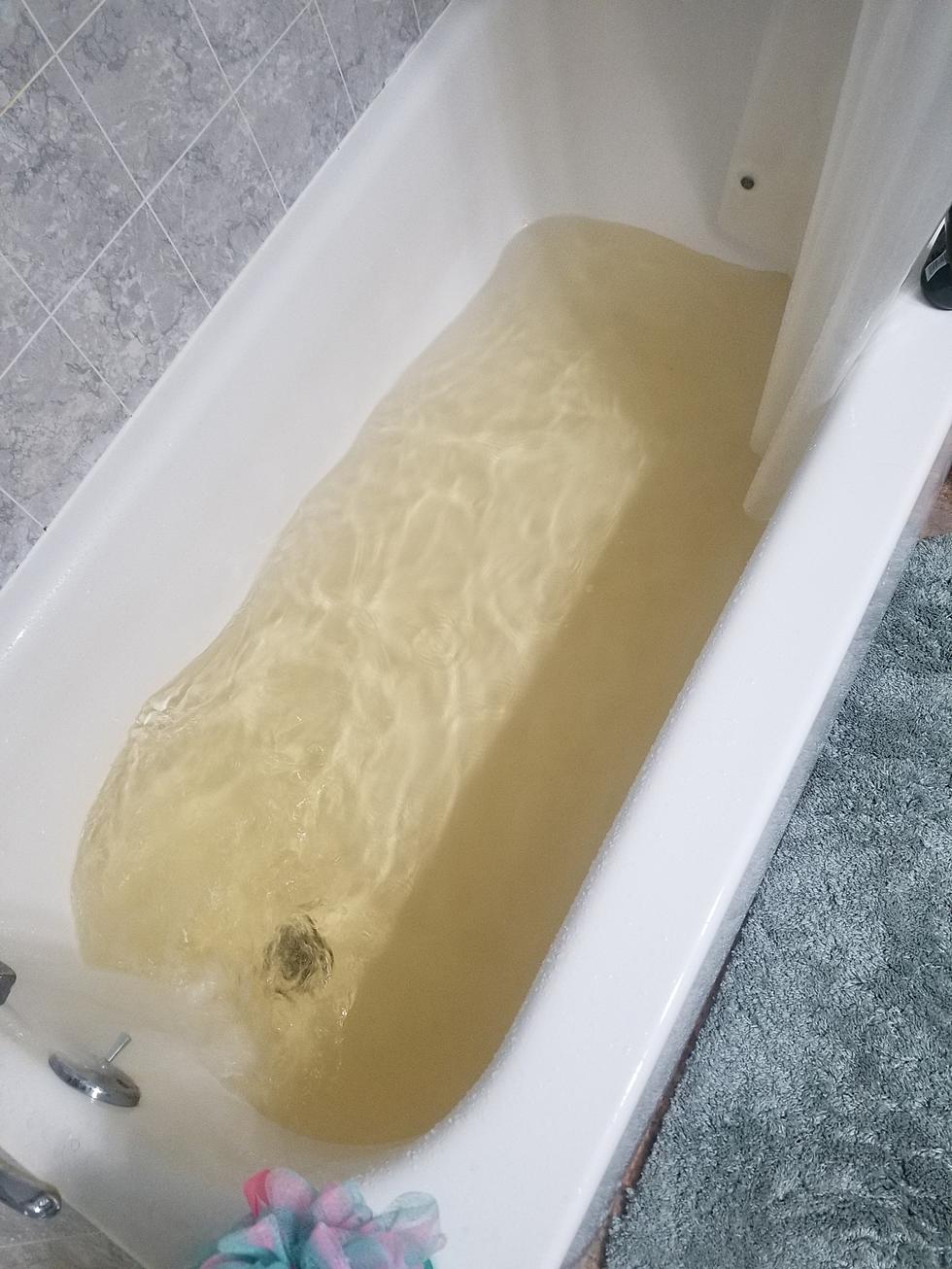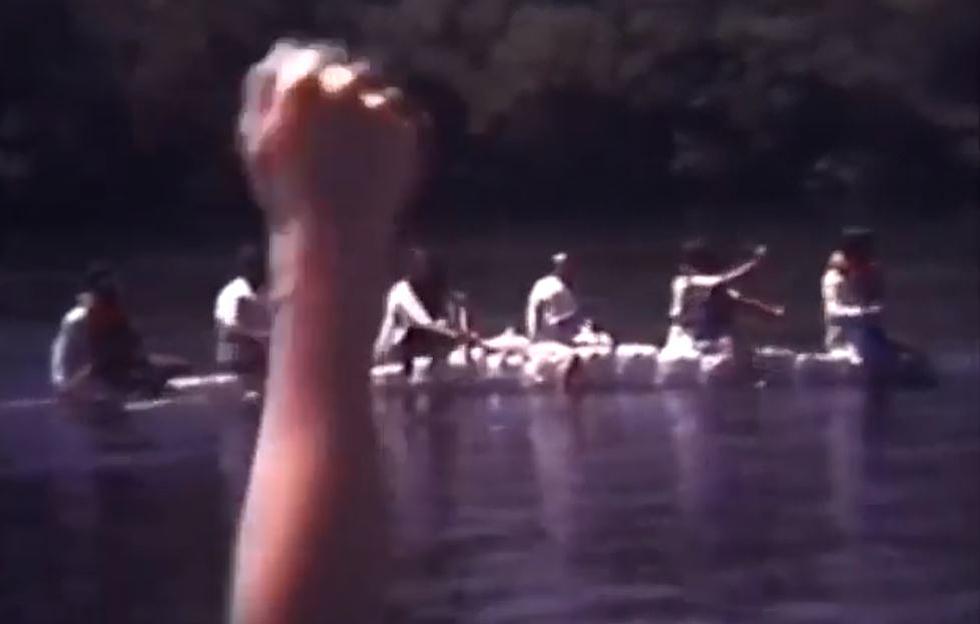
MDHHS Says ‘Do Not Eat’ Fish From Parts Of Kalamazoo River
The Michigan Department of Health and Human Services has released updated guidelines for the consumption of fish, and things don't look too great for anglers in Kalamazoo.
The 2018 regional Eat Safe Fish Guides were released May 1 by the MDHHS, and break down county by county the bodies of water that have been tested, and what kinds of chemicals might be present in the fish caught there. The MDHHS tested the parts of the fish that people eat, most typically fillets, to determine which fish are and are not safe to eat over the long term.
In Michigan, the most common chemicals in fish are mercury and PCBs, although the State is also trying to evaluate the contamination of fish by PFAS chemicals as well.
Here in Southwest Michigan, whether or not you should eat fish from the Kalamazoo River depends on where you found them. The Southwest Michigan guide says that in the River from upstream of the Morrow Dam all the way to the Marshall Dam in Calhoun County and beyond, you should be fine to have the fish a few times a month.
However, the guide says that from the Morrow Dam in Kalamazoo County to the Allegan Dam in Allegan County, every fish caught in the Kalamazoo River is listed as "Do Not Eat" due to PCBs in the fish.
According to the MDHHS, eating even one meal of Bluegill, Carp, Rock Bass or any other fish from that part of the river could result in health problems.
The department says that these guides are not laws or regulations, and no one is required to follow these guidelines.
For a complete breakdown of fish from the Kalamazoo River, as well as the Battle Creek River, Eagle Lake, and more, go to Michigan.gov/eatsafefish.
More From WKMI









